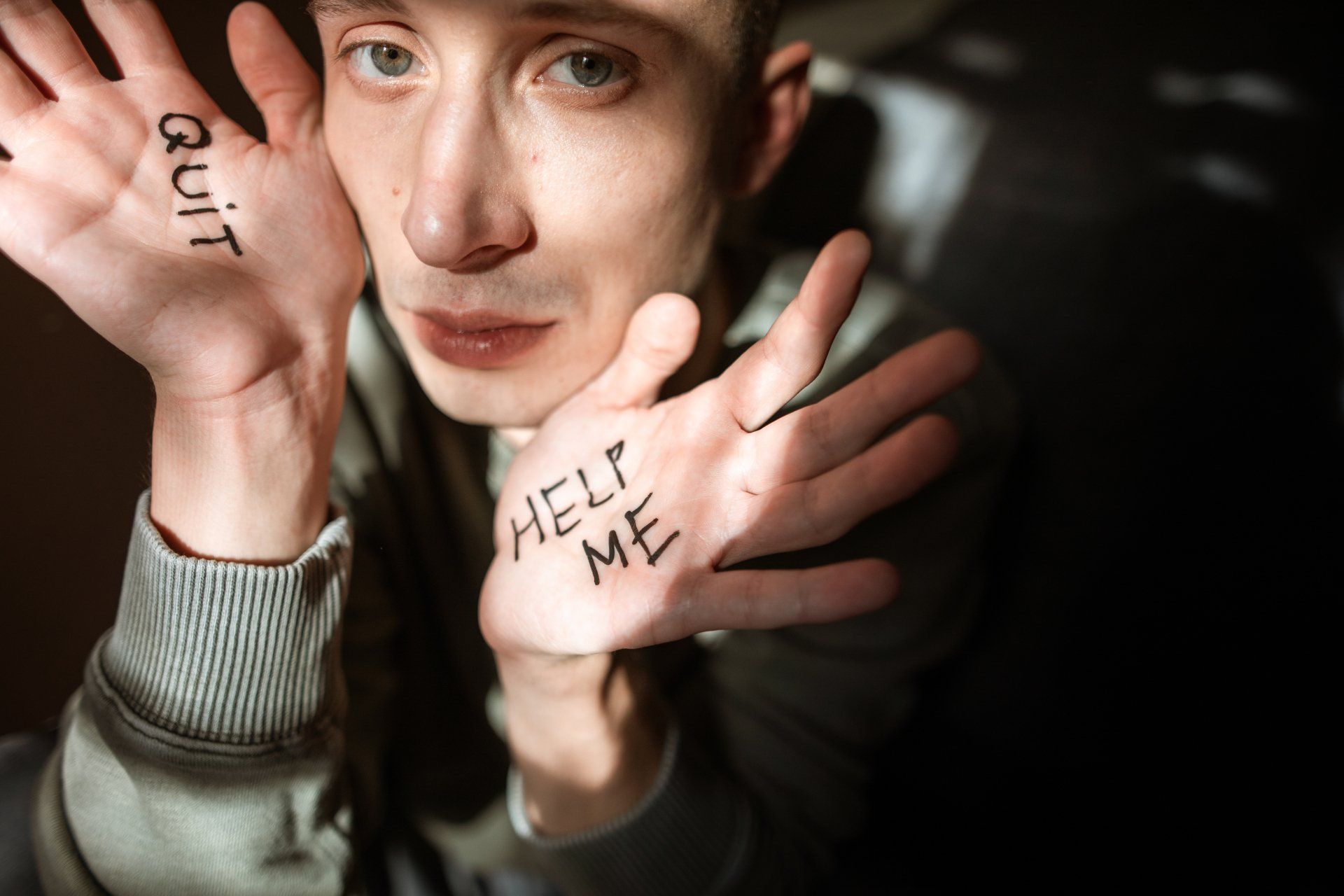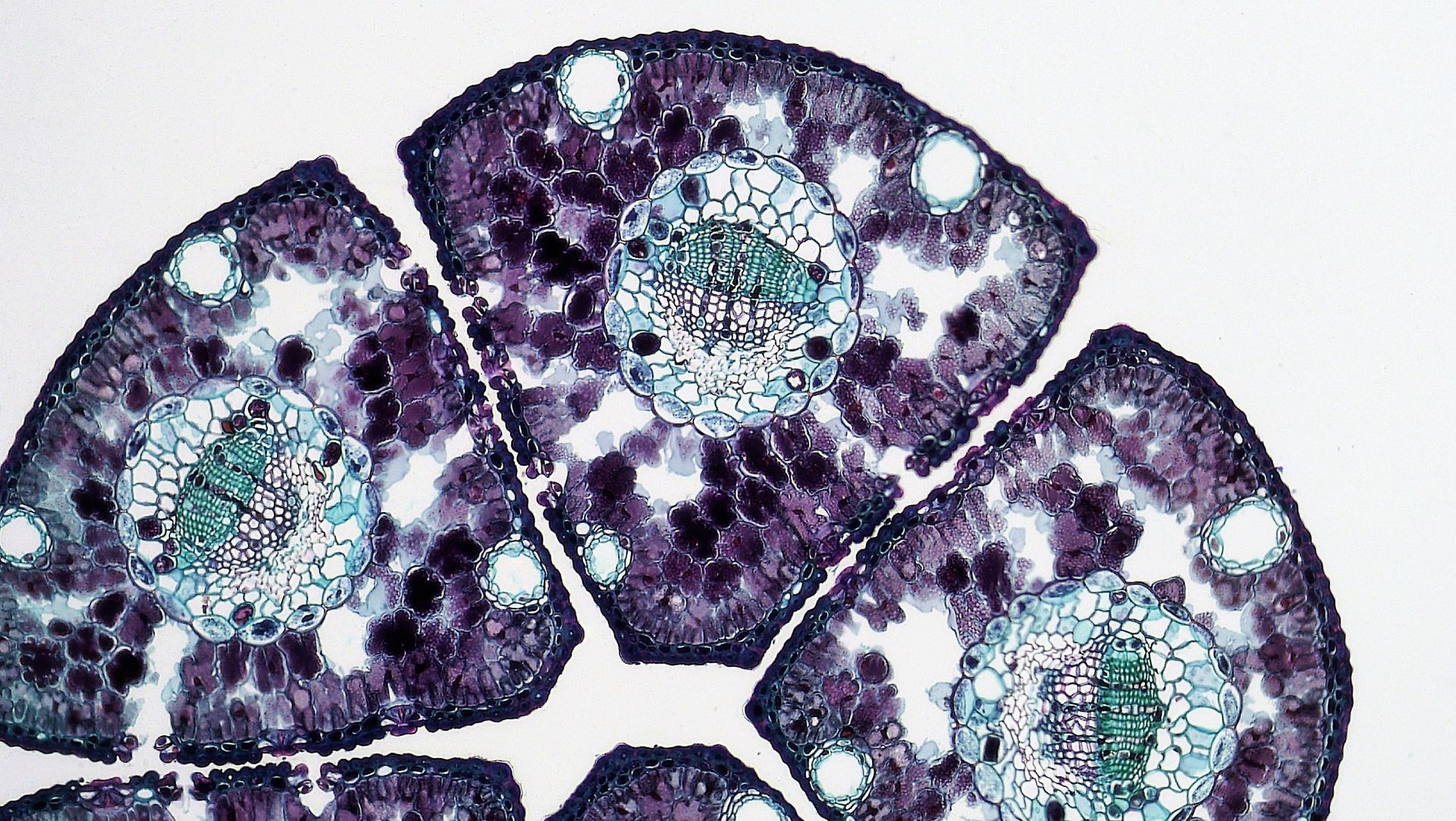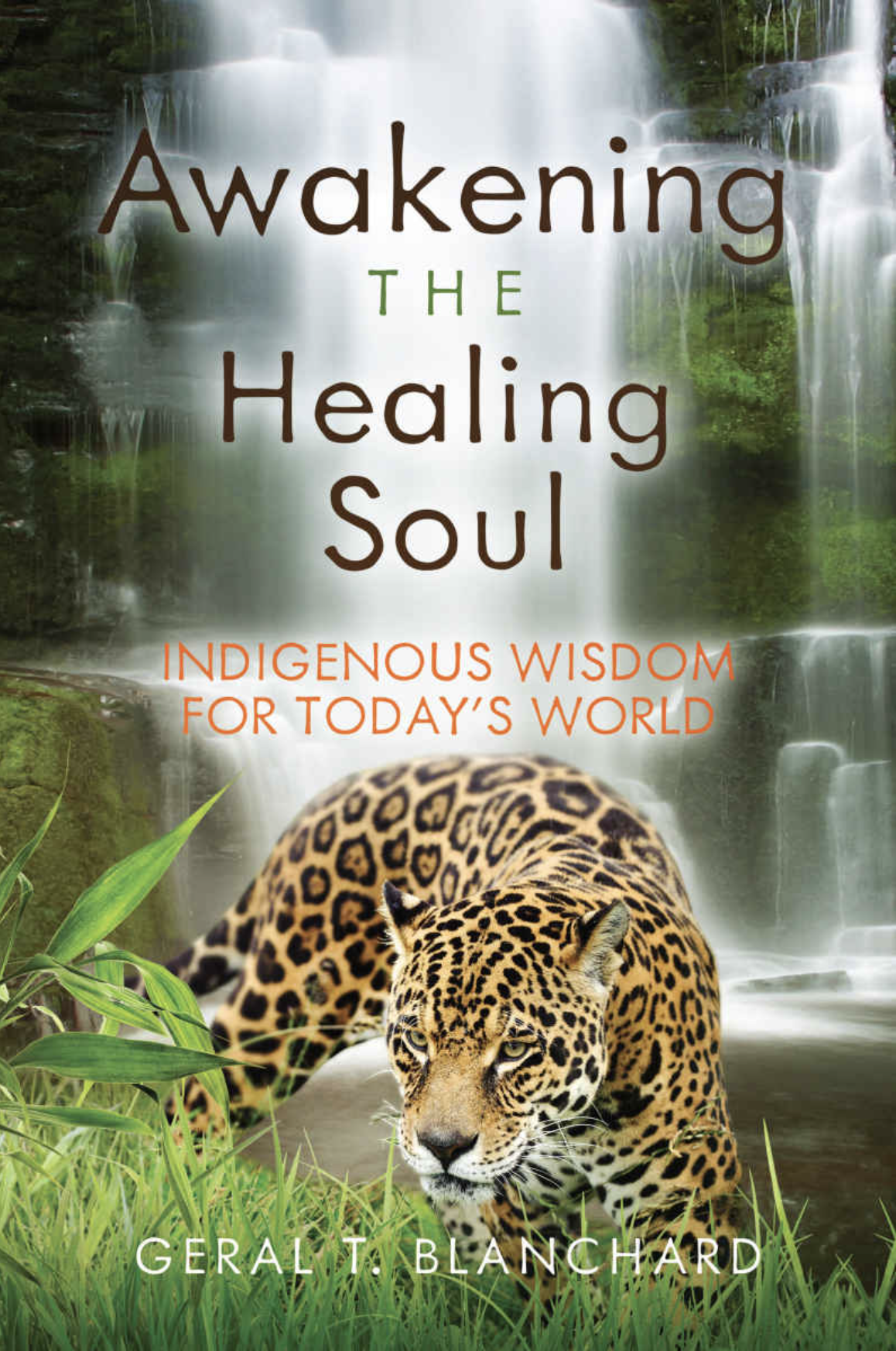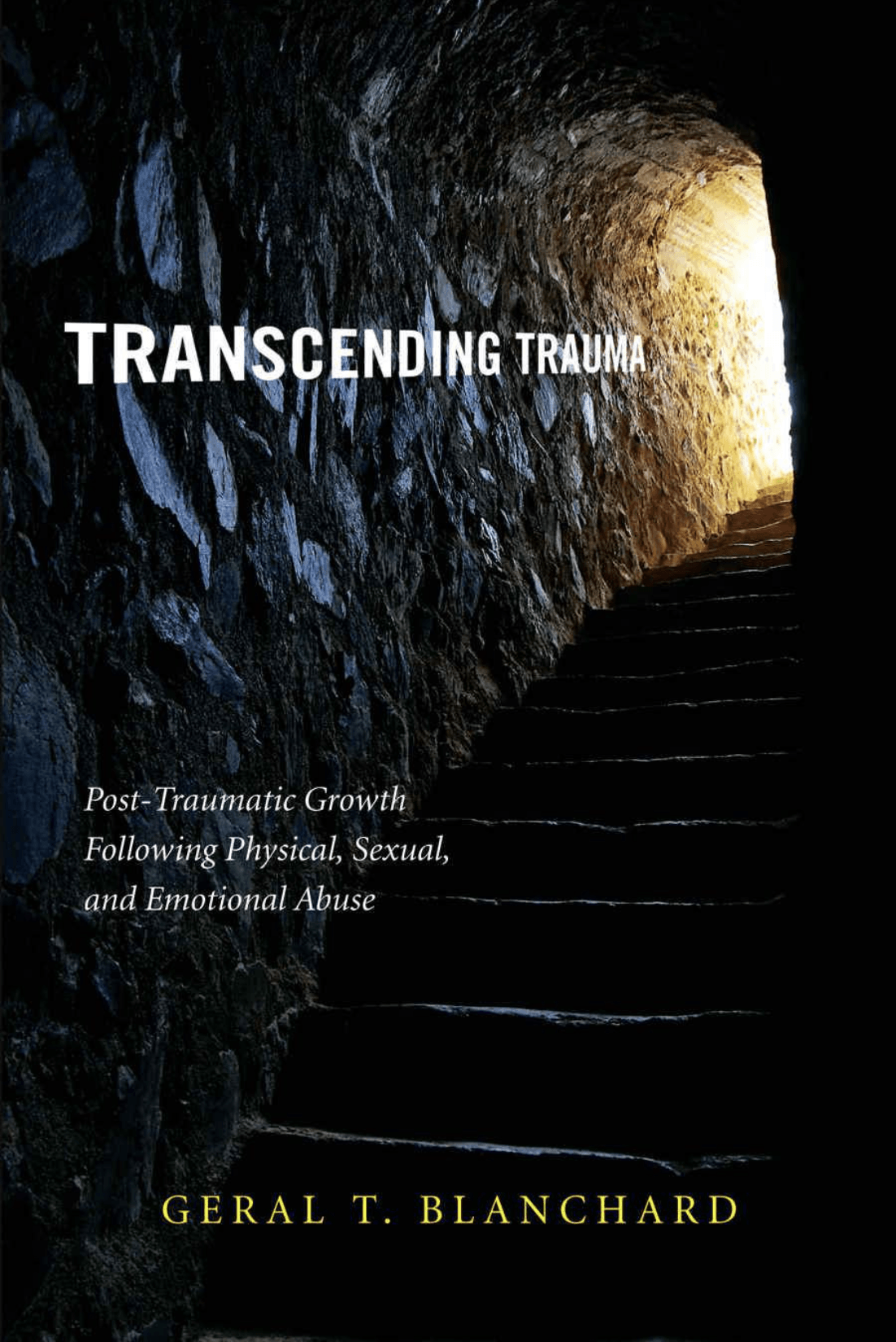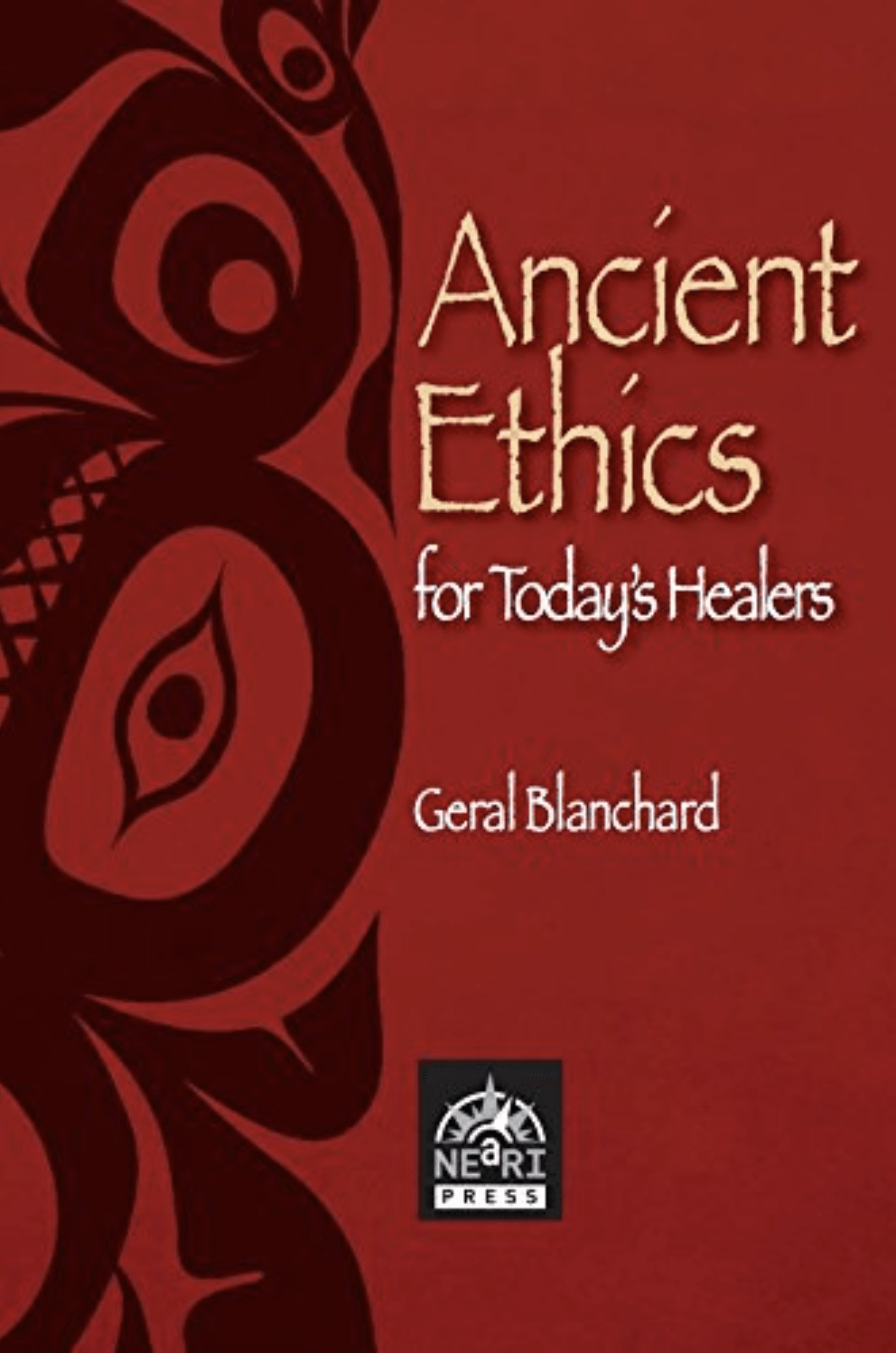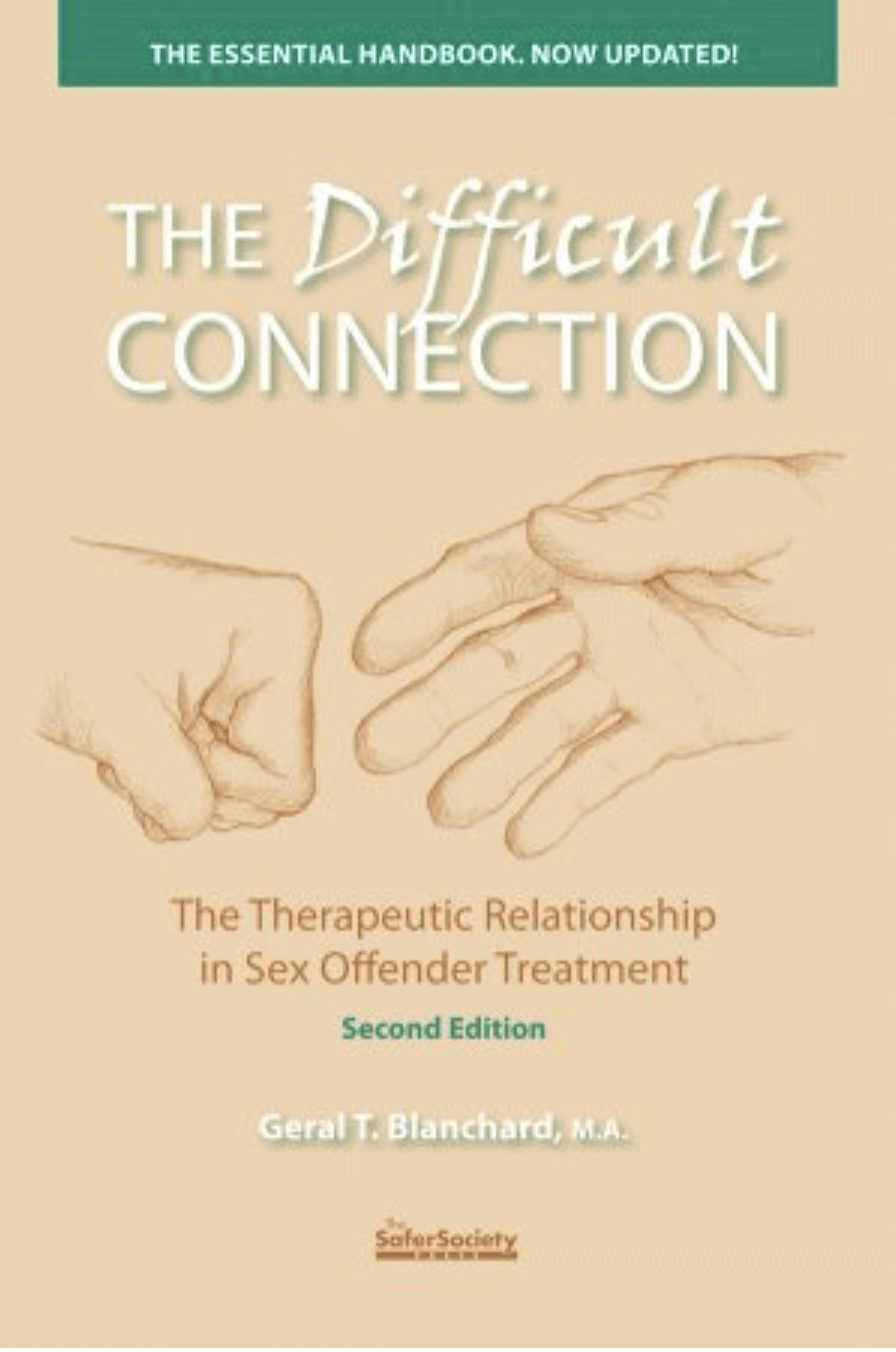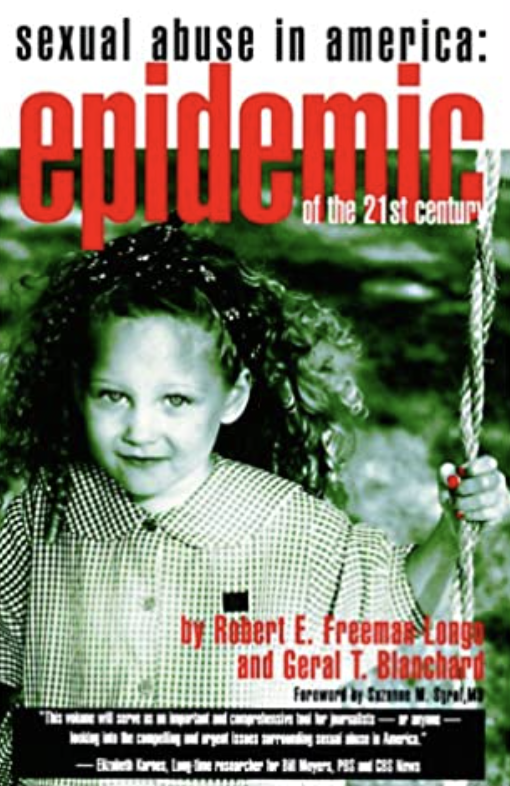Geral Blanchard, LPC, is a psychotherapist who is university trained in psychology and anthropology. Formerly of Wyoming and currently residing in Iowa, Geral travels the world in search of ancient secrets that can augment the art and science of healing. From Western neuroscience to Amazonian shamanism, he has developed an understanding of how to combine old and new healing strategies to optimize recovery, whether from psychological or physical maladies.
MDMA and the Release of Trauma
Trauma can be defined as an intense, earth-shaking, powerful, life-changing, and unforgettable event that leaves us changed
Outside of North American culture traumas are often regarded as potentially either a positive or negative event, commonly being built into rites of passage to elicit a major life change. An MDMA spiritual experience is often regarded as a “positive trauma” that paves over a pre-existing painful event, mitigating its impact. Positive traumas can be intense, earth-shaking, powerful, life changing, and unforgettable events that reset the mind and body and places victims on an entirely new life trajectory.
In the West patients can be labeled, and sometimes stigmatized, as a result of their trauma(s): Major Depressive Disorder, Generalized Anxiety Disorder, PTSD, and CPTSD for starters. These conditions are often portrayed as chronic, enduring, and virtually unshakeable. As a result, and all too frequently, they have staying power. Not all culture universally view adverse events as the prelude to a downfall, but they may be regarded as challenges that, if approached mindfully, can lift people to a higher level of life satisfaction. Some cultures regard this rebounding phenomenon as normality, and a few psychologists in the West are now calling this uplifting reaction posttraumatic growth (PTG).
Indigenous societies of northern Canada share a word, wetiko, which by one definition, can broadly be understood as a thought virus – an anti-information virus. It is likened to an unconscious bug in the mind that subverts clear thinking, blocking a complete and accurate understanding of events. Some Native peoples portray it as something akin to psychic blindness or insanity. It can arise from an individual’s long entrenched and repeated way of thinking, or its origins may in a culture’s programming – a collective psychosis of sorts. It substitutes false information for the real thing, like a negative hallucination can do.
MDMA can cut thru distortions and nonsense. Like a burrowing truth detector, it helps people arrive at a more thorough and satisfying outlook on their past, present, and future. Much of what was previously disregarded because of self- and cultural-programming can now percolate up. Compassionate discernment often results, followed by healing.
Commonly, in most North American cultures, trauma victims are encouraged to attend “survivor” groups. In an attempt to heal their trauma, meetings are held that encourage individuals to tell their story of pain over and over again, recycling it from thought, to mouth, to the ears, and back into thought again. Attentive listening seems to validate the narrative in its entirety. This self-generated and group supported negative feedback loop (indoctrination) originates in the victim’s mind, is validated and supported by rapt listeners, and round and round it goes. Attempts to be quietly supportive can unwittingly collude in a process that may not be healing; in fact, it may exacerbate the problem.
Venting alone, especially without respectful carefrontation, may not heal; it frequently entrenches people in a story of brokenness and helplessness.
When a person says something negative about themselves, often enough and long enough without being challenged, sometimes out of politeness, the result can be entrenchment and immobilization. Victims can remain stuck in the mental mud of their own making concluding their unhappiness completely resulted from what originally happened to them, rather than what they did to themselves in response to adversity. This kind of unintended self-victimization must be approached very respectfully and delicately.
*********
Jung concluded it is important not to settle for being “disturbed.” Rather we should actively disturb, or unsettle, the thinking that has left us feeling disturbed. He introduced the concept of active imagination. He encouraged his patients not to passively listen to everything their unconscious told us – even from generations past – but to fully engage with and participate in a creative and challenging dialogic relationship with its contents. The goal is to move unconscious thoughts into conscious realms where they can be examined more clearly, not just reflexively.
Depression almost always results in unclear thinking because our brain’s deep limbic region is highly activated by feelings of anxiety, fear, and despair. MDMA, however, can spark a more accurate dialogue with the subconscious and intergenerational unconscious minds. Literally, we talk to ourselves and, to put it bluntly, call out our own B. S. When MDMA does its work, it quiets the implicated lower brain region, activates the clear thinking prefrontal cortex, and new insights come online. During the process patients inevitably become their own therapist, often advising themselves with greater insightfulness than the psychotherapist they had previously paid to do this work for them. That is empowering!
MDMA treatment can cause persons to develop a sense of oneness or connection with the rest of humanity, or even the universe. This unity consciousness disrupts our brain’s natural and unhealthy tendency toward duality. And living in duality the world tends to be viewed in simplistic notions of “good guys” and “bad guys,” perpetrators and victims -- in other words, a very dangerous place victims are inclined to disengage from. While reductionistic notions may momentarily feel good, they distort reality and delay healing.
Rejoining the Whole, the larger community, or “all of our relatives” as Native Americans term it – with clear thinking and discernment, minus the heavy overlay of emotionality from the brain’s deep limbic region – a person can unlearn fallacious thought patterns and be restored. Many previous victims say the MDMA experience reset their minds to what feels like a more natural, calm, and balanced condition.
*********
“It is the theory [that we have been indoctrinated in] which decides what we observe.”
- Albert Einstein
“This work [of Peter Levine] stands in sharp contrast with therapeutic approaches that encourage survivors to repetitively relive their traumas in great detail and that run the risk of creating conditions under which traumatized individuals are kept in a state of high fear and physiological arousal, in which the agony of the past may well be reinforced.”
- Bessel van der Kolk, M.D.
*********
Additional Reading:
Trauma and Memory: Brain and Body in a Search for the Living Past by Peter Levine
Other Topics
Basics of MDMA
Rituals and Ceremony
Brain and MDMA
Trauma
Heart
Energy Movement
Quantum Physics
Native Cosmologies
Nature
Spirituality/Enlightenment
Kogi Tribe
Books written by Geral T. Blanchard
More Articles






